- Microphone1. Product Type1.1. Electret Condenser Microphone
· HMO series – Omnidirectional
· HMU series – Unidirectional
· HMC series – Noise cancelling
· HBO series – Back electret, omnidirectional
· HBU series – Back electret, unidirectional
· HBC series – Back electret, Noise cancelling
1.2. Silicon (MEMS technology based) Microphone
· SMO series – Omnidirectional
1.3. Digital Microphone
· DMO series – Omnidirectional
2. Part Numbering System
e.g. HMC0603A-64
– Noise cancelling, Diameter 6mm, Rated Voltage 3V, Series A, Sensitivity –64dB
|
HMC
|
06
|
03
|
A
|
-64
|
|
Noise cancelling
|
Diameter of
Microphone |
Rated Voltage
|
Series Number
|
Sensitivity
|
e.g. SMO01A-42
– Silicon Microphone, Omni-directional, Series 01A, Sensitivity -42dB ± 3dB
|
SMO
|
01A
|
42
|
|
Silicon Microphone
Omnidirectional |
Series number
|
Sensitivity
|
- 3. Principle of MicrophoneMicrophones are transducers which detect sound signals and produce an electrical image of the sound. i.e. They produce a voltage or a current which is proportional to the sound signal.3.1. Dynamic Microphone
The basic construction of a dynamic microphone is similar to a dynamic speaker although it may employ different damping arrangements, it can be thought of as a speaker operating in reverse.
Sound waves impinge on the diaphragm to which is attached the voice coil, causing it to move within a magnetic field provided by the permanent magnet. This movement induces a voltage in the coil proportional to the intensity of the sound waves.
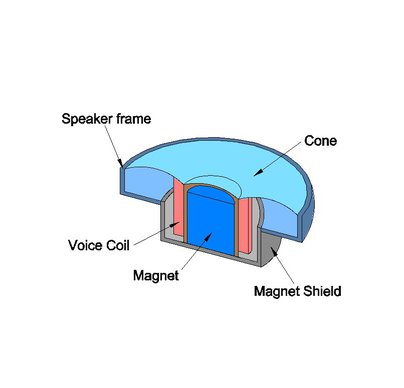
Fig. 1 Internal configuration of Dynamic Microphone
- 3.2. Electret Condenser MicrophoneElectret condenser microphone consists of a very light diaphragm and back plate, which has a permanent charge voltage implanted in an electret material to provide the polarizing voltage. The principle of operation is that sound waves impinging on the diaphragm cause the capacitance between the diaphragm and the back plate to change, this in turn induces voltage variance on the back plate.3.2.1. Front Electret
The electret material is the inside of the case of the microphone.
3.2.2. Foil Electret
The electret material is applied on the flexible diaphragm.
3.2.3. Back Electret
The electret material is on the back plate.
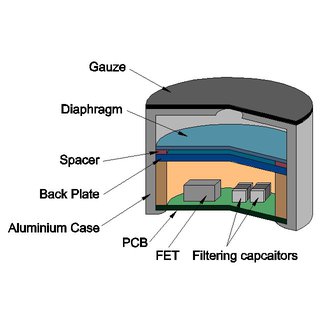
Fig. 2 Internal configuration of a simple Electret Condenser Microphone
- 3.3. MEMS (Microphone Electronics Mechanical System) MicrophoneSoniCrest MEMS microphones are capacitive (condenser) in nature and employs advanced silicon micro machining technology to produce highly reliable and capable audio sensing capabilities that are integrated with specialized pre-amplification ASIC to provide high sensitivity, high signal to noise ratio output.
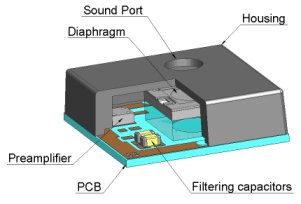
Fig. 3 Internal configuration of a simple MEMS Microphone
- 4. SensitivityThere are two different, commonly used units of measure to define sensitivity. One is “Pascal” and the other is “µ bar” (micro bar). SoniCrest Microphone use “Pascal” as the unit of measure in all specifications. “Pascal” is currently the most commonly accepted, however, “µ bar” is still used from time to time. To convert from “µ bar” to “Pascal,” simply add 20dB.e.g. -62dB(0dB=1 V/µ bar) = -42dB(0dB= 1 V/Pa).
Sensitivity is usually expressed in V/Pa at 1 kHz. It is the output voltage measured when a sound wave is detected by the microphone in a specified load condition. It is expressed with a specified resistive load and supply voltage since the output resistance tends towards constant current characteristics.
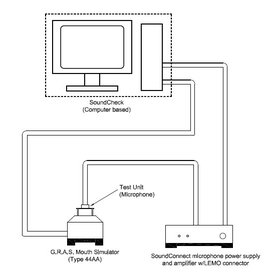
Fig. 4 Test setup
- 5. DirectivityIn addition to classifying microphones by their generating elements, they can also be identified by their directional properties, that is, how well they pick up sound from various directions. Most microphones can be placed in one of two main groups: Omnidirectional and Unidirectional.5.1. Omnidirectional
Omnidirectional microphones pick up sound from just about every direction equally. They work about as well pointed away from the subject as pointed toward it, if the distances are equal. However, even the best omni models tend to become directional at higher frequencies, so sound arriving from the back may seem a bit “duller” than sound from the front, although apparently equally “loud”.
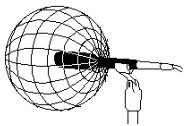

Fig. 5 Typical Response of Omnidirectional ECM
- 5.2. UnidirectionalUnidirectional microphones are specially designed to respond best to sound from the front, while tending to reject sound that arrives from other directions. This effect also varies with frequency, and only the better microphones are able to provide uniform rejection over a wide range of frequencies. This directional ability is usually the result of external openings and internal passages in the microphone that allow sound to reach both sides of the diaphragm in a carefully controlled way. Sound arriving from the front of the microphone will aid diaphragm motion, while sound arriving from the side or rear will cancel diaphragm motion.
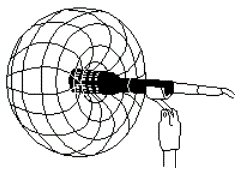

Fig. 6 Typical Response of Unidirectional ECM
- 6. Noise Cancelling (Close Talk)Noise cancelling microphone is used in a circumstance of loud noise. It collects only those sounds which are closed to it. It is capable of collecting theses sound with a very good S/N ratio eliminating the sound coming from a long distance. It does not pick up unnecessary background noises, thus effectively picking up only the desired sound of the speaker’s voice.

Fig. 7 Typical Response of Noise Cancelling ECM
7. Signal to Noise Ratio (S/N ratio)
The signal to noise ratio of a microphone is defined as the ratio of the microphone output signal when stimulated with a sound pressure of 1 Pa, to the microphone output signal without acoustic stimulus.
- 8. Recommended interface circuit
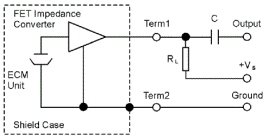
Fig. 8 Typical Application Circuit for ECMs
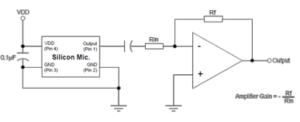 Fig. 9 Typical Application Circuit for MEMS Microphone
Fig. 9 Typical Application Circuit for MEMS Microphone9. Application
· ANC Headphones
· TWS Earphones
· Bluetooth Headsets
· Smart Phones
· Tablets
· iOTs
· Smart Speakers
· Laptop Computers
· Smart Home Appliances
· Video Conferencing System
